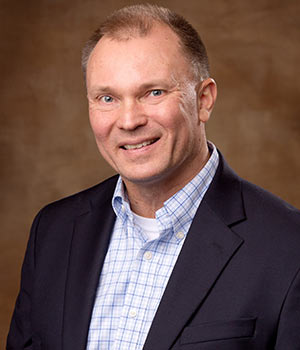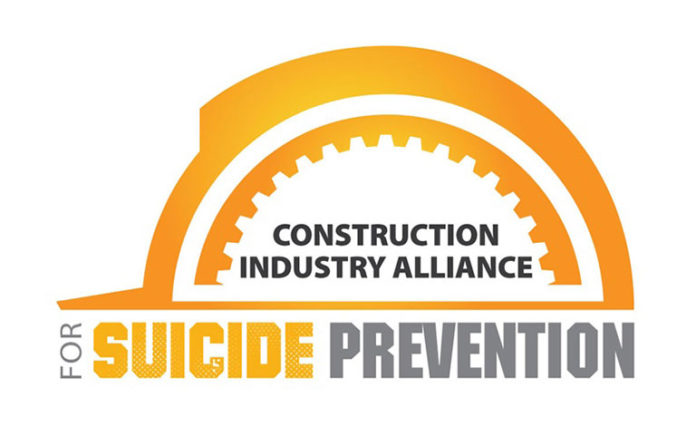
While the global pandemic of COVID-19 has impacted our lives in ways unfathomable, the business community must remain diligent in fighting a related and hidden pandemic: suicide.
Much like COVID-19, suicide is an invisible enemy, wreaking havoc on our community, employees and loved ones. While suicide has been a top concern for the construction industry long before the virus hit the United States, the virus has certainly exacerbated our concerns.
At the International Builders Show this past February, hosted by our national counterpart the National Association of Home Builders (NAHB), I learned the following:
- More construction workers die by suicide each day than all other workplace-related fatalities combined
- Construction is rated the second highest industry in both number of suicides and highest rate of suicides, affecting 45.3 per 100,000 workers (compared to 14.2 for the entire U.S. population)
- The industry experiences 15 suicides per day, four times greater than the national average
- This is not just a one trade problem either; all levels of the construction workforce are at increased risk of suicide – from laborers to skilled trades to management
These facts and statistics were pre-COVID-19. Recent data from the Kaiser Family Foundation show that 45% of adults in the United States cite COVID-19 as hurting their mental health. Data from phone and text help lines have seen increases as much as 30-40% since the onset of the virus. Since data shows mental health events and alcohol/substance abuse often leads to suicide, an even more alarming prediction offered by the Well Being Trust estimates an additional 75,000 deaths from alcohol and substance misuse and suicide will occur due to the stresses of COVID-19.
Why is suicide prevention a workplace issue rather than an individual issue? It is simple, the workplace is a critical place for changing how individuals address mental health. To that end, there is also a profound human cost associated with losing our employees and co-workers. We work with these individuals day-in and day-out and we truly do care for them. Further, there is a loss of economic strength as the companies copes with absenteeism, presenteeism and loss of productivity. For construction specifically, high rates of suicide hinders any progress the industry makes on the workforce shortage front.
How can companies help?
- Offer an Employee Assistance Program (EAP)
Caring does not mean you have to insert yourself in employees’ lives. Offering an EAP can provide resources for employees navigating challenges in their lives. Many EAPs offer support for anxiety and depression, alcohol and drug abuse, grief and loss, work conflict, legal and financial, and even home ownership. - Understand the Risk Factors
Factors include industry culture, company and/or job factors, as well as employee lifestyle. A few well-known construction examples include stoic/tough persona, family separation or isolation due to travel or night/overtime work, cyclical industry and chronic pain from injuries. - Understand Different Signs of Stress
Physical signs such as lethargy, psychological signs such as loss of motivation or mood changes, and behavioral signs such as lateness, absenteeism and difficulty concentrating can all be a warning that your employee may be dealing with stress. Noticing such signs of stress would be a great opportunity to remind employees that they have access to an EAP, should you offer this benefit. - Create a Culture of Acceptance and Awareness
Be courageous and take a stand against suicide. Incorporate suicide prevention in your safety priorities, provide training to supervisors and employees to identify and help those who may be at-risk or are currently experiencing elevated levels of stress, and normalize conversations about suicide and mental health in the workplace. Remind your employees and co-workers that asking for help or utilizing an EAP is not a sign of weakness but rather a sign of strength.
Are you ready to join the BIA of Clark County, NAHB and the Construction Industry Alliance for Suicide Prevention? Take the STAND Up for Suicide Prevention Pledge, access webinars, tool box talks and the 10 Action Steps Companies Can Take to Save Lives document at www.preventconstructionsuicide.com. Non-construction companies can access resources at www.shrm.org (Suicide Prevention in the Workplace).
Dave Myllymaki is the 2020 BIA president and owner of ReNew Creations LLC. He can be reached at info@renewcreations.com.




